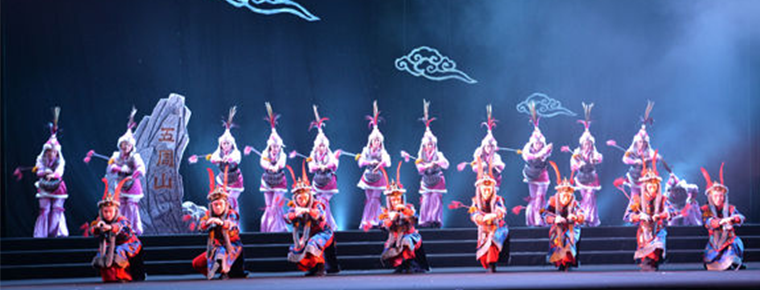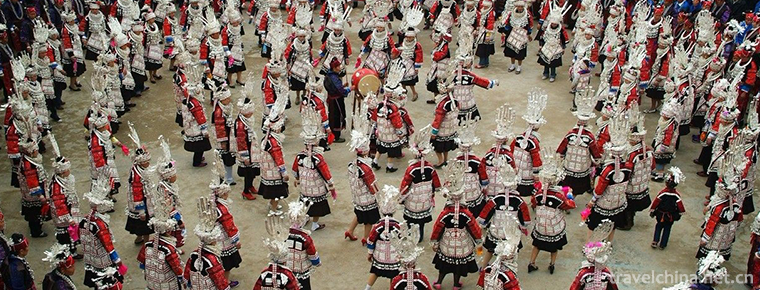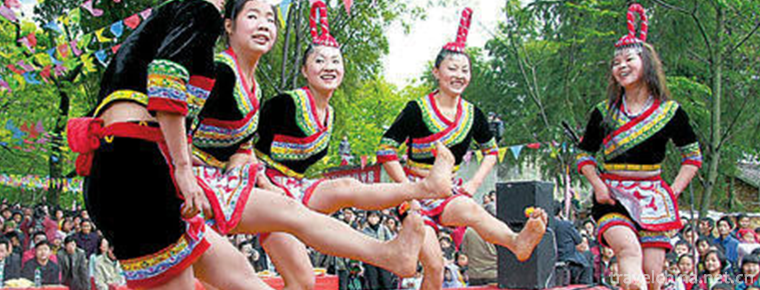Craft of birch bark making
Craft of birch bark making
Birch bark making techniques, Oroqen Autonomous Banner of Inner Mongolia Autonomous Region, local traditional handicraft of Heilongjiang Province, one of the national intangible cultural heritage.
Traditional birch bark processing technology has four steps: first, stripping the bark; second, soaking or boiling the bark; third, cutting and stitching; fourth, decorative patterns. Decoration techniques are useful for crushing and clipping. All ethnic groups adorn Birch Bark products with pictures symbolizing auspiciousness, festivity, peace and harvest.
On May 20, 2006, the technology of birch bark production was approved by the State Council and listed in the first batch of national intangible cultural heritage list, No. _-83. Historical Origin
Archaeological data prove that about 3000 years ago, the minority nationalities in northern China already had birch skin products. In 1959, thousands of birch skin vessels were unearthed from the Han Xianbei tomb in Zaguinol, Manzhouli City, Hulunbeir League. In 1960, a variety of birch wood and birch skin utensils were found in Zazinolhan tomb. The remains of birch bark utensils used by minority nationalities in northern Liao Dynasty have also been unearthed in Baixin Tomb of Hulun Buir League and Bazaga Tomb of Koyouzhong Banner of Xing'an League. In historical materials, birch skins were also used by ancient nationalities in the Three Rivers Valley of China, and birch skins were used to build houses by Wei people in the Record Room of Northern History, and birch skins were used to build houses in Jilin External History.
Inheritance and protection
Inheritance value
Birch bark production technology is a special culture created by hunting nations in a specific living environment. It embodies the wisdom and intelligence of hunting nations. It has strong national and regional characteristics. It mainly spreads in the settlements of Oroqen, Ewenki and Dagan nationalities in China, as well as the settlements of the Hurong nationality in the ancient Heilongjiang valley. Birch bark culture has a long history in China, which has high historical, scientific and artistic value.
Inheritance status
With the development of society, great changes have taken place in the production and life style of the hunting nations. Hunting culture has declined gradually. Due to the limitation of the development of folk art itself, birch bark production technology is facing a growing survival and development crisis.
Inheriting characters
Fu Zhanxiang, male, was born in December 1955. In June 2007, Fu Zhanxiang was selected as the representative successor of the first batch of national intangible cultural heritage projects and declared by Heilongjiang Province.
protective measures
Raohe County, Heilongjiang Province, established the intangible cultural heritage protection center, established five seminars, and completed the birch bark production technology exhibition hall.
On October 25, 2017, Heilongjiang Provincial Non-Heritage Center made a rescue record of birch bark making skills, the representative heir of the national intangible cultural heritage project, Fu Zhanxiang birch bark making skills.
From June 25 to 27, 2018, he went to Raohe County, Shuangyashan City, at the best time of birch bark picking. He recorded the whole process of birch bark picking by Fu Zhanxiang and his apprentices. From August 10 to 12, Zhang Minjie, a non-legacy expert and birch researcher in Heilongjiang Province, conducted an oral interview with Fan Zhanxiang in advance. After writing oral history according to the interview, he conducted a three-day formal oral history interview with Fan Zhanxiang on September 15.
social influence
Important exhibition
In October 2014, the exhibition of the 3rd China intangible cultural heritage exposition was held in ShunGeng International Convention and Exhibition Center of Jinan, in which birch bark making techniques were exhibited.
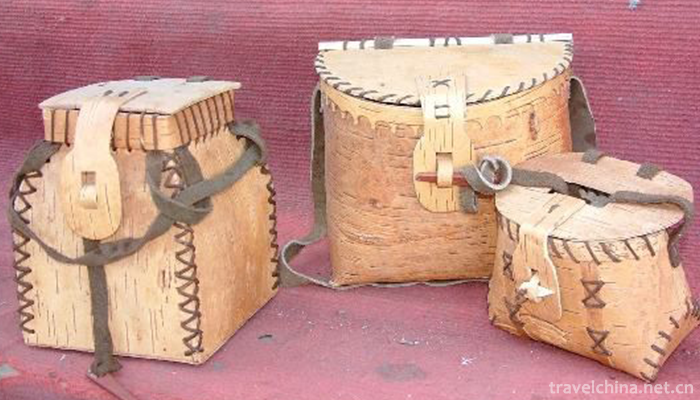
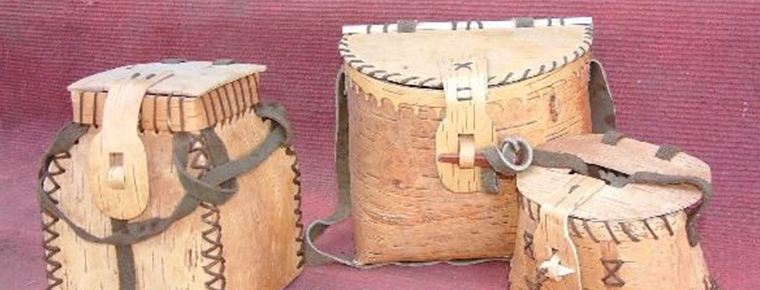
Craft of birch bark making
-
Chengdu JinJiang Hotel
Jinjiang Hotel is the first five-star hotel in southwest China. It is located in Renmin South Road, the main road of Chengdu City, adjacent to the famous Funan River and echoes Tianfu Square
Views: 150 Time 2018-12-16 -
Chaibuxi Canyon Scenic Area
Chaibuxi Canyon Scenic Area is located in the eastern part of Wufeng Tujia Autonomous County, with Wulingyuan in the South and Qingjiang River in the north. Zhangjiajie belongs to Wuling Mountains.
Views: 237 Time 2019-01-04 -
Guan Tang hot spring
Guantang Hot Spring is located in Tangtou Town, Linyi City, Shandong Province, on the East Bank of Yihe River. The hot spring covers an area of nearly 260 Mu and has a construction area of 100,000 squ
Views: 208 Time 2019-01-13 -
Bian Embroidery
Bian embroidery, one of the traditional Chinese embroidery techniques, has a long history and is known as "national treasure". It is famous for its exquisite embroidery,
Views: 394 Time 2019-04-04 -
Gesar
Gesar (Sr) came into being in the second half of the 17th century and spread among the Mongolian people in Mongolia, Liaoning, Jilin, Heilongjiang, Qinghai, Gansu, Xinjiang and other provinces and reg
Views: 339 Time 2019-05-01 -
Huanglong drama
Huanglong Opera, a local traditional drama in Nong'an County, Jilin Province, is one of the national intangible cultural heritage.
Views: 140 Time 2019-05-04 -
Construction Techniques of Miaozhai Diaojiao Building
Miaozhai hanging-feet building is evolved from the form of "nest dwelling". It is built with bamboo and wood. The lower part of the building is hollow. It is called "semi-dry fence"
Views: 127 Time 2019-06-05 -
Miao Sister Festival
Miao Sister Festival, also known as "Sister Rice Festival", is a traditional festival of Miao people in Laotun and Shidong areas of Taijiang County, Guizhou Province. It is held from March 1
Views: 133 Time 2019-06-05 -
Pipa Art
In the history of modern Chinese traditional folk music, there are two schools of pipa: the "Shanghai School" (Pudong School) and the "Zhejiang School" (Pinghu School). The Pipa ar
Views: 111 Time 2019-06-09 -
March 3 She Nationality
March 3rd is the traditional festival of She nationality. Every year in this festival, a grand song is held, and ancestors worship Valley God, singing and dancing. It is very lively. In addition, we h
Views: 198 Time 2019-06-14 -
Luzhou Medical and health
By the end of 2018, there were 46 primary health institutions and 39 other health institutions in the city, including 46 primary health institutions and 1 professional health institution. Among the hospitals, there are 97 general hospitals, 15 TCM hospitals and 35 specialized hospitals
Views: 132 Time 2020-12-14 -
Education in Yibin
In 2019, there will be 11000 students enrolled, 50900 students and 13600 graduates. There are 4 graduate training units, 393 graduate students, 918 students and 68 graduates. There are 17000 students in adult colleges and universities. 43500 pe
Views: 251 Time 2020-12-18





